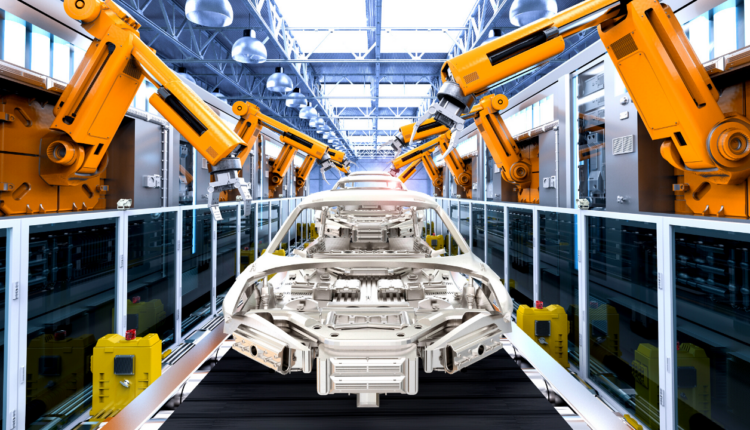
TDR’s Primer On Lithium And Its Essential Role In Batteries For Electric Vehicles
Lithium, an alkali metal with the chemical symbol Li and atomic number 3, is renowned for its unique properties. It is the lightest metal and possesses a remarkably low density. Fortunately, deposits are found in economical quantities around the world and in at least five continents.
In its pure form, lithium appears as a soft, silvery metal that exhibits high reactivity and corrosion when exposed to moisture or air. It is an excellent conductor of both electricity and heat, with a particular capacity to store a large volume of electrical energy. This characteristic has made lithium an indispensable component in rechargeable lithium-ion batteries, which power a wide array of electronic devices such as smartphones, laptops, and electric vehicles.
Lithium-ion batteries have gained immense popularity due to their exceptional energy density. This means they can store a significant amount of energy relative to their weight and size. Thus, the element has gained strategic importance due to its increasing demand in the battery and renewable energy sectors.
Beyond its application in batteries, lithium finds use in various industries. It is utilized in the production of glass, ceramics, lubricants, and metal alloys. Additionally, the pharmaceutical industry incorporates it as a stabilizer for certain psychiatric disorders, such as bipolar disorder.
In its natural form, lithium is found in different parts of the world, primarily in brine and mineral deposits. Key lithium-producing countries include Chile, Australia, Argentina, and China. And while not a big player on the world stage to date, the James Bay region of Quebec, Canada is also emerging as a strategic zone for the resource in recent times.

The most acclaimed company operating in the region is Patriot Battery Metals, which has become Canadian mining darling after producing consistently strong assay results over the past couple of years.
Australia And Chile Lead The World In Production
Although lithium is mined and produced by several world nations, its production profile is dominated by just two: Australia and Chile. Collectively, these two nations accounted for 46.9% and 30.0% of world production in 2022, respectively. China is the only other nation with double-digit production (14.6%) before the drop-off quickly becomes more pronounced.
Australia’s commanding position as a world leader in lithium production has been apparent from the outset. The country has established itself as a major player in the global lithium market, thanks to its abundant lithium reserves and well-developed mining infrastructure. This provides tangible economic benefits, creating employment opportunities and driving growth in related industries such as battery manufacturing and renewable energy technologies.
Australia’s production is primarily concentrated in the rich deposits found in Western Australia, particularly in the Greenbushes region. This region alone accounts for a significant portion of global lithium supply, and The Greenbushes Mine in Western Australia—located approximately 250km south of Perth—remains the biggest operating lithium mine in the world.
Additionally, the country has implemented advanced mining technologies and practices that allow for efficient and sustainable extraction of lithium resources.
The nation’s commitment to investing in lithium production has positioned it favorably in meeting the rising global demand, driven by the increasing adoption of electric vehicles and renewable energy storage. Australia’s reliable and substantial supply contributes to the growth and development of these industries worldwide.
Furthermore, a strong regulatory framework and adherence to high environmental and safety standards have helped maintain the integrity and sustainability of Australia’s lithium production. This responsible approach enhances the country’s reputation as a reliable and ethical supplier.
Tesla: A Major End-User Of Lithium For Batteries In Electric Vehicles
Elon Musk, the CEO of Tesla, incorporates lithium in the batteries of the company’s electric vehicles. Tesla relies on lithium-ion batteries, which are crucial for powering their vehicles, including various Tesla models.
Lithium-ion batteries consist of cells that store and release electrical energy through a chemical process involving the movement of lithium ions between electrodes. These batteries exhibit high efficiency, exceptional energy density, and the ability to be recharged, making them the preferred choice for the automotive industry.
Tesla has developed its own battery technology, known as ‘Tesla batteries,’ which incorporates lithium-ion cells and is manufactured in large quantities at Tesla’s Gigafactories.
The utilization of lithium batteries in Tesla cars enables an extended range, allowing the vehicles to cover longer distances on a single charge. Moreover, lithium offers impressive longevity and efficiency in power delivery, contributing to the performance and durability of Tesla electric vehicles.
Tesla is also actively involved in large-scale energy storage initiatives, such as the Powerpack and Megapack systems. These systems utilize lithium-ion batteries to store renewable energy and assist in grid stabilization.
In the first fiscal quarter of 2023, Tesla produced over 440,000 vehicles and delivered over 422,000 vehicles. For the year, approximately 1.8 million vehicles are expected to be produced, which pales in comparison to Elon Musk’s long term goal of 20 million vehicles in production by 2030.



